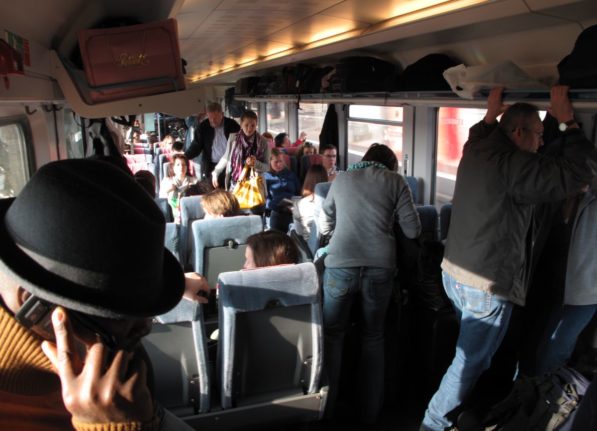German rail operator Deutsche Bahn is adjusting its regulations to prohibit smoking cannabis at train stations.
“We want to protect our passengers, especially children and young people, at our train stations. That’s why we will place a general ban on the consumption of cannabis in our train stations. We are adjusting our regulations to that effect as soon as possible,” a railway spokeswoman told German paper Bild am Sonntag on Saturday.
READ ALSO: Germany gives controversial green light to cannabis
The new rules should be ready and legally valid in about four weeks’ time. From June onwards, Deutsche Bahn will be prosecuting anyone who breaches the rules, but until then, railway staff will ask passengers to refrain from smoking cannabis with “friendly requests and information”.
The cannabis ban will also apply to the smoking areas that some train stations have, Deutsche Bahn told German press agency DPA.
There is already a general ban on smoking at German train stations, with the only exceptions being designated smoking areas, where smoking cannabis will also be prohibited.



 Please whitelist us to continue reading.
Please whitelist us to continue reading.
They should ban all smoking altogether – barely any smokers stick to the designated areas (which are placed in high foot traffic areas).